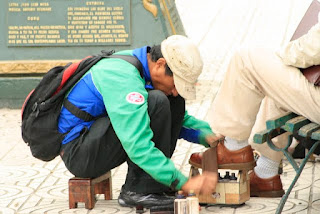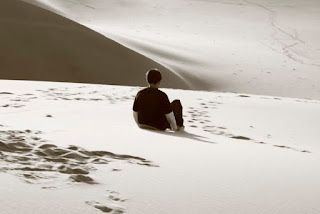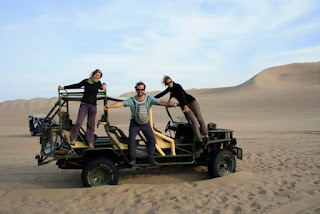![]() |
| The temple... Hare Krisna! |
A very quick stop in Lima, which we did not see much as we went straight to Miraflores (arrived at night), the rich & secure area of the capital city. We have a really good address of a place to stay there Maria, a mamita, has 2 rooms in her house to rent out, very cute and we felt at home for 2 days. It was needed as I spent my time in bed (Thierry watching football) and I recovered very well! Sorry, this is the only thing I can say about Lima :-()
Then, 10 days volunteering in a Eco-Lodge, 1h30 away from Lima up the coast was the plan, which turned out in 2 days only. Living in a community, practicing yoga, cooking organic vegetarian food was the idea. Well the site itself was interesting and uncommon but let´s say that for the rest, it was not our cup of tea... It is worth checking out though from October to January when it is actually sunny. Indeed the weather is rather foggy & grey every day all other months of the year apparently... We thus carried on... Again, that´s what is so good about having time! No need to plan, just need to leave or stay whenever you feel like it!
To find out more, visit:
http://volunteeringecotrulypark.blogspot.com/















































